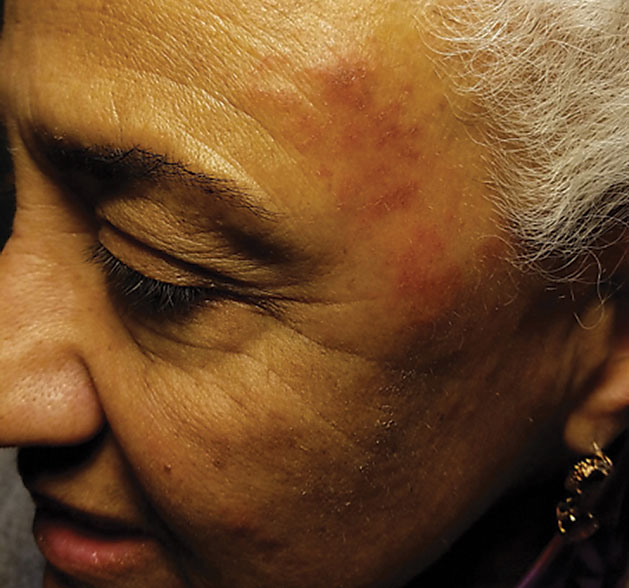 |
Q:
I have a patient who had shingles 12 months ago. She still requires topical steroids and oral antivirals for persistent keratouveitis and is currently managed with one drop of topical steroid daily. She has inquired about receiving the new vaccine for shingles, Shingrix (GlaxoSmithKline). Is there any concern about reinvigorating her immune-mediated herpes zoster ophthalmicus (HZO)?
A:
“Before getting any vaccine, one must understand the reason to get it,” says Paymaun Asnaashari, OD, who practices in northern California. He notes that the purpose of vaccines is to reduce or prevent the risk of acquiring an illness, such as shingles. Nearly one out of three people in the United States develops shingles in their lifetime, and roughly one million Americans are affected by it each year alone.1 Dr. Asnaashari adds that the infection is serious and can be very painful and debilitating, leaving some house-ridden.
Two Forms of Protection
Shingles vaccines are the only way to protect yourself from the infection.1 To prevent shingles and its complications, the CDC recommends adults older than 50 receive two doses of Shingrix two to six months apart.1 These two doses are effective nearly 90% of the time throughout the first four years after they’re administered.2
Zostavax (Merck) is still used to ward off shingles in adults older than 60, but Shingrix is the preferred method of vaccination.1 Compared with Zostavax, Shingrix reduces the risk of shingles by almost double, is more efficacious and remains effective for longer.2 While Zostavax contains a live but weakened virus, Shingrix contains an inactivate virus and combines a non-live antigen with a specifically designed adjuvant to stimulate an enhanced response by the body’s immune system.3 Caution is advised with Zostavax in certain immunocompromised patients, especially those on high-dose corticosteroids, as the vaccine can be contraindicated.4 It contains a higher concentration of the live attenuated varicella vaccine, and the adult version is up to 14 times stronger than the version for children.4
 |
As seen by her red skin irritation, this 71-year-old patient has HZO. Photo: Emily Love, OD. |
The Risk of Reinvigorating
Despite the promise of reduced risk of sickness, patients may still face obstacles when considering vaccination.5 The same applies to shingles and its sequelae. According to Dr. Asnaashari, misconceptions about the infection still prevail, its seriousness is not understood and there are mixed messages about age. He notes, however, that the general consensus about shingles vaccination is clear—it is highly encouraged.
Dr. Asnaashari says patients who have a history of shingles and require chronic topical steroids and oral antivirals are encouraged to get vaccinated as long as they are good candidates. He explains that Shingrix provides better immunity and protection against future shingles outbreaks by stimulating the production of specific immune memory cells. Because it is not a live virus, he notes that the risk of reinvigorating someone with a history of shingles is slim to none and encourages vaccination with Shingrix in this patient. He adds that Shingrix may also be a good option for high-risk immunocompromised patients who are not good candidates for Zostavax.
Nonetheless, when it comes to the unrelenting threats that today’s environment poses to our health, getting vaccinated is important, especially for those who have a history of the illness in question.
| 1. CDC. Shingles (herpes zoster). www.cdc.gov/shingles/index.html. Accessed July 29, 2019. 2. Lal H, Cunningham AL, Godeaux O, et al. Efficacy of an adjuvanted herpes zoster subunit vaccine in older adults. N Engl J Med. 2015;372:2087-96. 3. CDC. Frequently asked questions about Shingrix. www.cdc.gov/vaccines/vpd/shingles/hcp/shingrix/faqs.html. Accessed July 29, 2019. 4. Zostavax vaccine for shingles—do not use in immunocompromised patients. Medsafe. 2017;38(3):41-2. 5. Kaufman LB. Herpes zoster ophthalmicus: a growing risk. EyeNet. 2017. |

